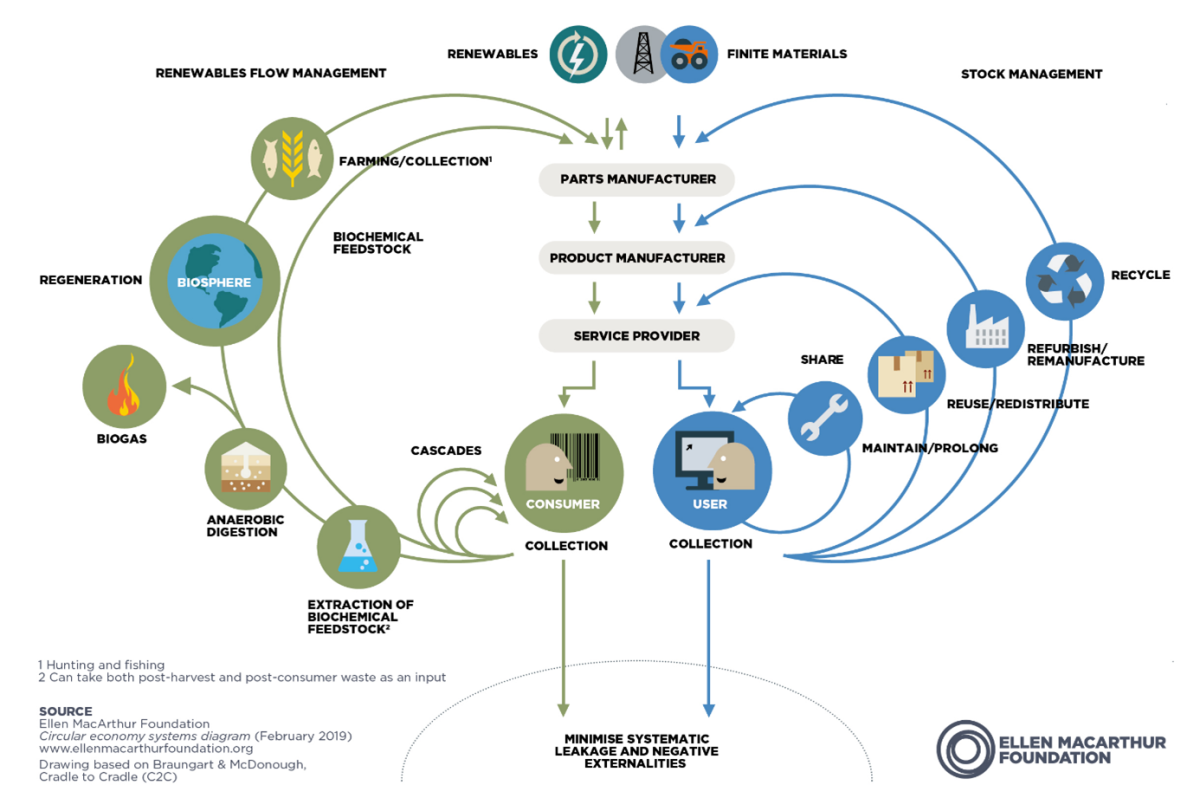Circularity key to low-emissions future
Reduced greenhouse gas emissions and improved productivity with less impact on the environment. That is what Aotearoa New Zealand wants and the circular economy is central to getting there.
Let’s imagine 2050 for a moment. Things have changed. Our economy is circular, our systems have closed loops and we have achieved our Zero Carbon goals. We all use and value materials that already exist and limit our use of virgin resources. We generate little to no waste, and any exports from the resource recovery system are either pre-processed ready for remanufacture, or fully sorted, clean and with very low contamination rates for export.
We design products and packaging to be circular from the outset, using materials like aluminium that can be recycled, or reused or materials that be composted, or reused. Products are designed or longevity with repair and upgrade enabled from the start.
We have systems in place to ensure all resources are recovered for repurposing or recycling at the end of each use cycle and the new norm is that those putting products on the market take responsibility for the waste generated by these products and their packaging.
New ways of doing business have formed and new ownership models exist. Consumers value items at the end of their life as a recoverable resource rather than waste. Litter has been eliminated.
This is the circular economy in action and aluminium, as an infinitely recyclable material, has huge role to play.
However, the transition to a low-emissions circular economy requires a strong local manufacturing sector, not only to make and implement climate mitigation technologies, but also to ensure that circularity can occur with the lowest carbon footprint.
In this submission from the New Zealand Manufacturing Alliance, of which ALENZ is a member, we comment on the Government’s Transitioning to a low-emissions and climate-resilient future: emissions reduction plan discussion document
Read the submission here Manufacturing Alliance submission to Emissions-reduction-plan final

